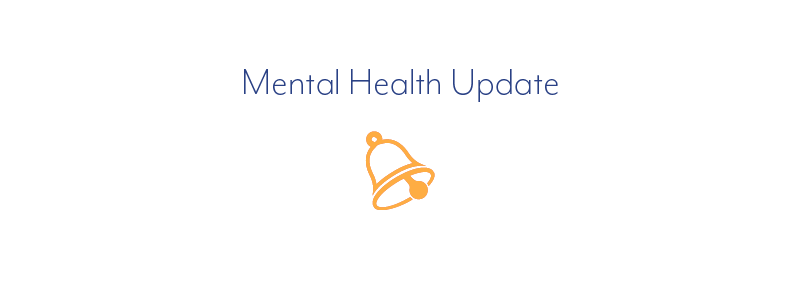Mental Health Update

01/09/19 – Survey Results from Behavioral Health Agencies Highlight High Turnover Rates and Vacancy Rates Across New York State
The Behavioral Health Community recently put out a survey to our combined members across New York State.
126 agencies, representing 14,499 workers, responded from virtually every county in New York State.
The breakdown is listed below and is further evidence of the need for an across the board funding increase for human services agencies.
As a side note, we are so often told appropriately to survey our members and provide real data instead of what we hear anecdotally. Well, this is very real data from agencies that represent 14,500 jobs in New York State. The bottom line is that the turnover rate and vacancy rates are real and impactful to the hundreds of thousands of New Yorkers being served in the behavioral health community. Governor Cuomo has been a leader in supporting funding for the workforce to increase the minimum wage and funding for direct care workers. We completely support these initiative but not profits need to keep up competitive salaries to support the behavioral health workforce. By including the 2.9% COLA in the budget, the Governor is continuing his leadership and tireless dedication to New York’s workforce.
Statewide Breakdown:
Turnover Rate—34%
Vacancy Rate—14%
Regional Breakdown:
Central New York
Turnover Rate: 28%
Vacancy Rate: 12%
Hudson River Region
Turnover Rate—32%
Vacancy Rate—14%
Long Island
Turnover Rate—41%
Vacancy Rate—20%
New York City
Turnover Rate—42%
Vacancy Rate—20%
Western New York
Turnover Rate—25%
Vacancy Rate—11%
Explaining Survey
126 behavioral health community provider agencies responded to the survey. A total of 14,449 full and part-time behavioral health positions were identified by respondents. The survey asked about vacancy and turn-over rates. For the vacancy rate we asked respondents to identify how many of their full and part-time positions were unfilled for the week of October 15 – 22, 2018. This number was divided by the number of positions the agency previously identified as their behavioral health workforce. The resulting number is a snap-shot of a vacancy rate for a one-week period during 2018. For the turn-over rate we asked respondents to identify the number of individuals, both full and part-time, that left a position for any reason in calendar year 2017 (January 1 -December 31, 2017). This number was divided by the total number of positions to determine the annual turn-over rate.
What This All Means:
Quantifying this data shows that the turnover rate in behavioral health is higher than many other sectors. In addition, the high vacancy rate is further evidence of inability to hire and retain staff given their limited amount of state funding.
Implications of high turnover rates
The tangible impact of high turnover includes:
· Less services for individuals, families and children
· Disruption in services. The relationship developed between the individual and their worker is sometimes the most important relationship and connection in a person’s life. For that to be disrupted can have tremendous implications
· Higher cost to taxpayers because disruption in services can often mean increased hospitalization and longer lengths of stay
· Wait lists
· Staff burnout
What remedies we need to fix the high turnover rate and the ability to recruit and retain quality staff?
The entire behavioral health community is speaking in unison in support of a COLA for the workforce. We continue to advocate for a 2.9% COLA for the entire human services sector. As both a family member and provider, we need and want a quality staff that can provide support, safety and recovery for our loved ones.